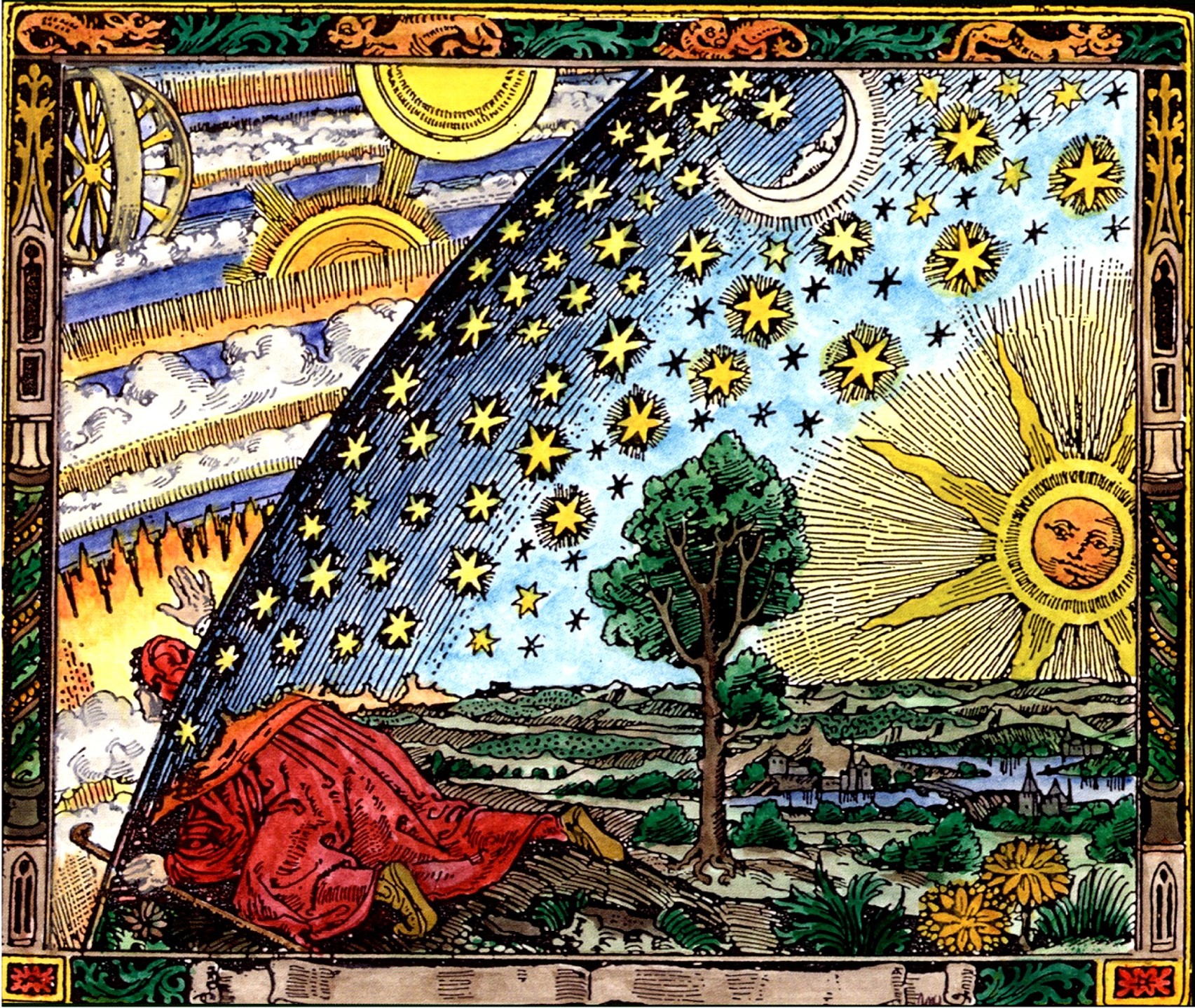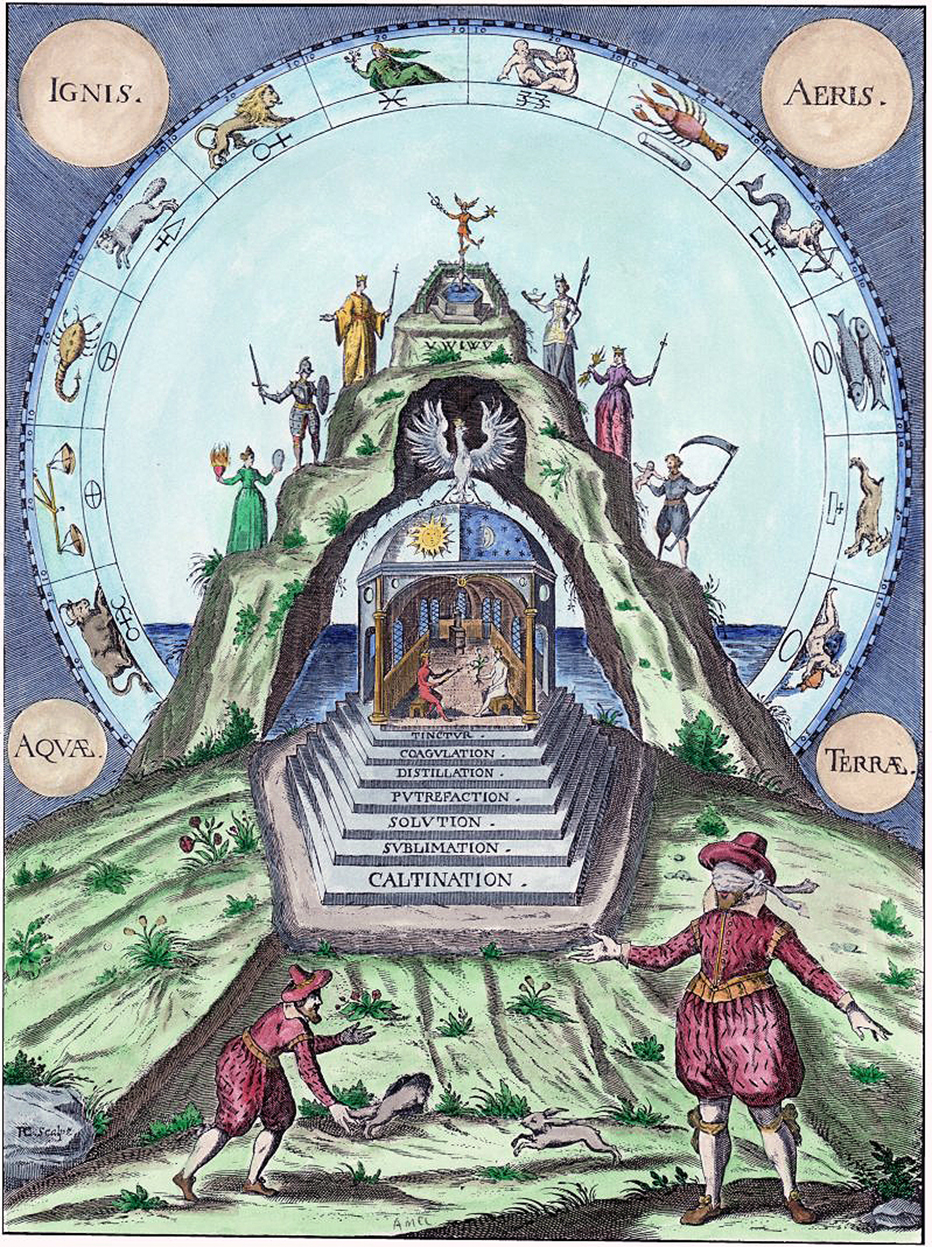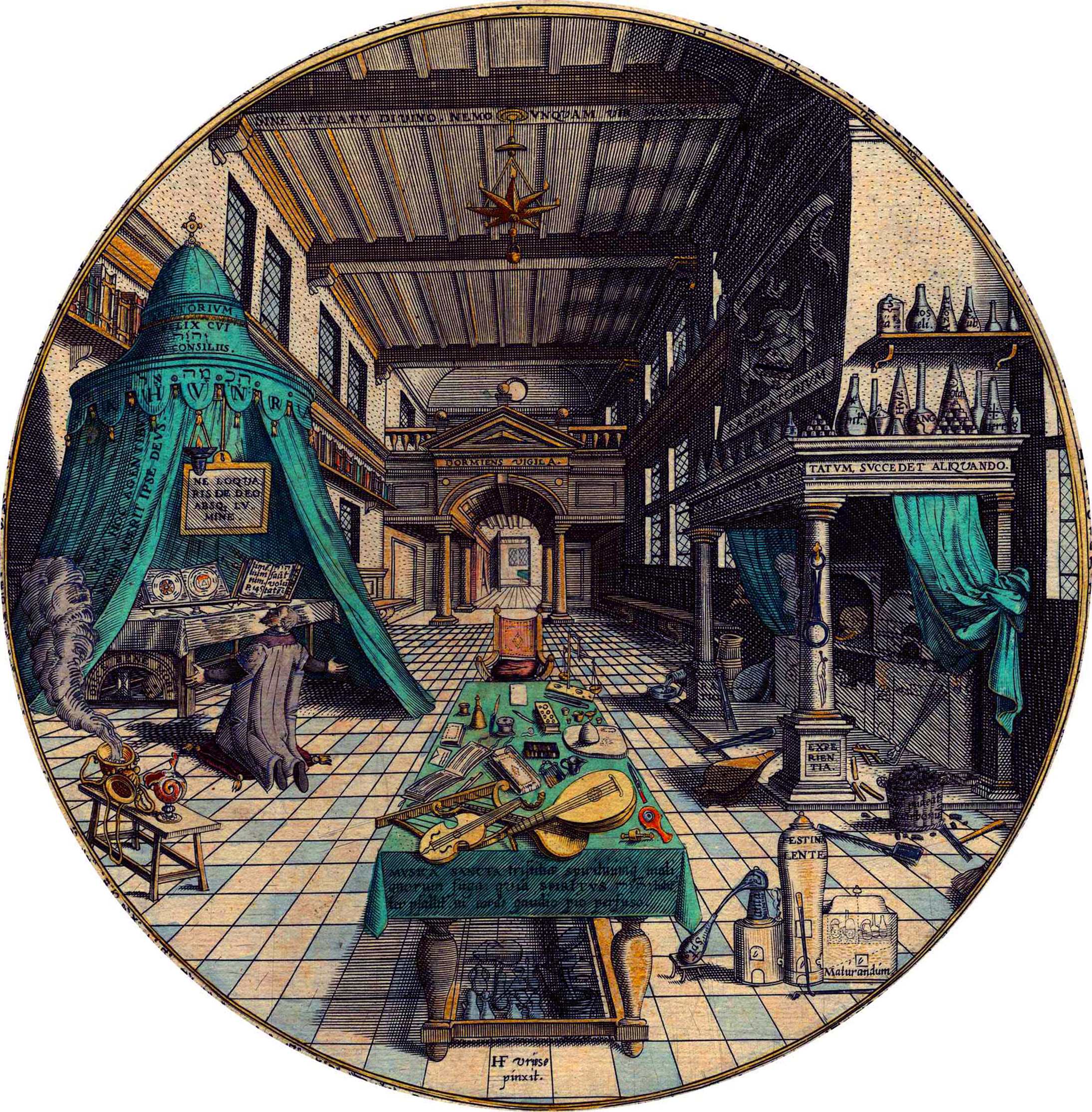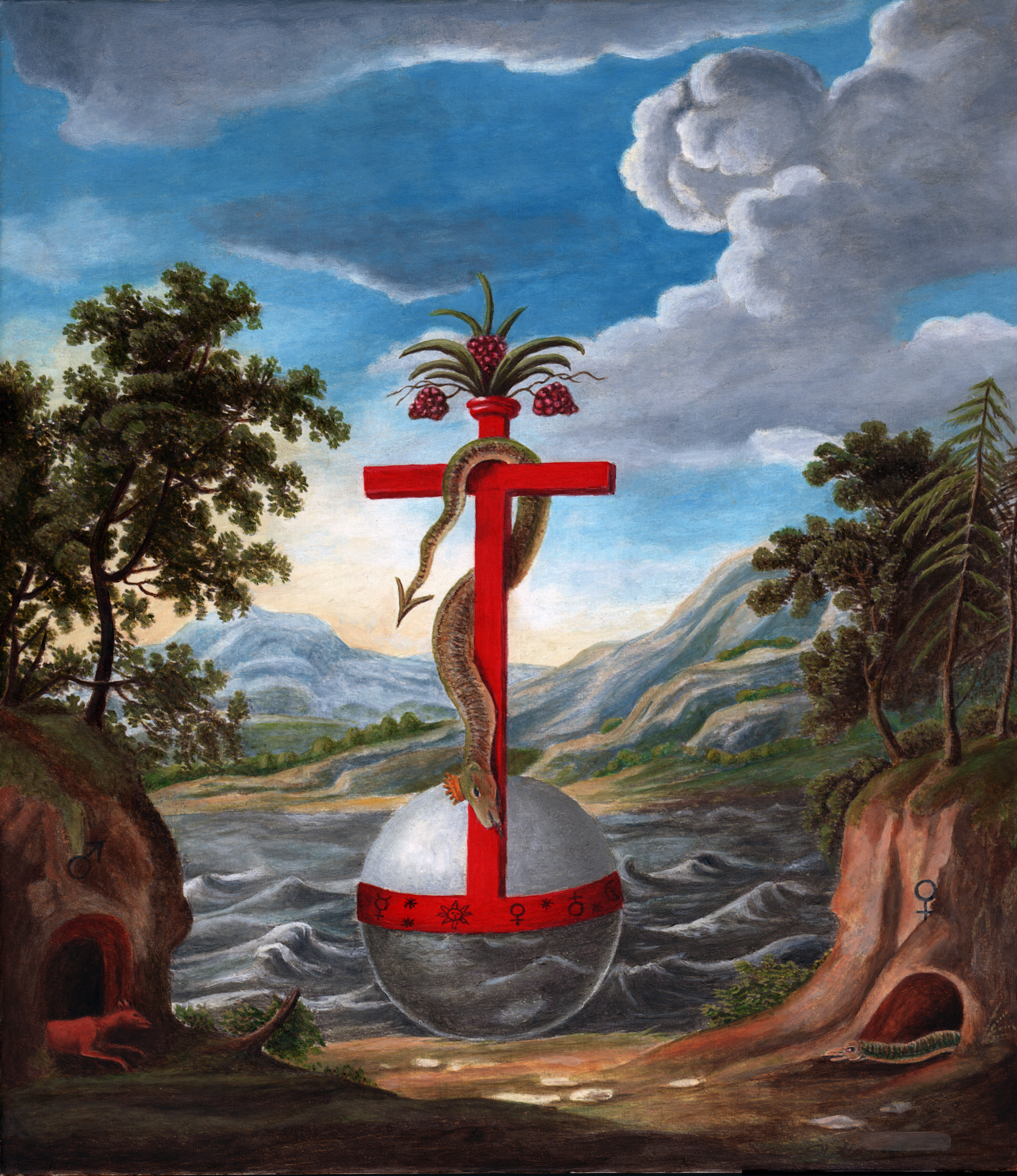
The origins of alchemy date back to 500 BCE in ancient China and Egypt, although some Egyptian legends put its origins as far back as 10,000 BCE—a time known as Zep Tepi, when godlike beings roamed the earth and shared their knowledge with mankind. The universal principles they taught were so powerful they were kept from the common people and expressed only in the confidential writings of priests or concealed in the architecture of sacred temples that survive to this day. That tradition was carried on during the heyday of alchemy in the Middle Ages in secret ciphers, symbolic drawings, and in the sacred architecture of cathedrals.
The origins of alchemy date back to 500 BCE in ancient China and Egypt, although some Egyptian legends put its origins as far back as 10,000 BCE—a time known as Zep Tepi, when godlike beings roamed the earth and shared their knowledge with mankind. The universal principles they taught were so powerful they were kept from the common people and expressed only in the confidential writings of priests or concealed in the architecture of sacred temples that survive to this day. That tradition was carried on during the heyday of alchemy in the Middle Ages in secret ciphers, symbolic drawings, and in the sacred architecture of cathedrals.


That is not to say that alchemy does not deal with material things, for the alchemists saw spirit and matter as two opposite poles of the eternal One. Yet, it is a grave mistake to confuse alchemy with chemistry. Chemistry is an artificial science that deals only with the external forms in which the elements manifest. It never produces anything truly unique to creation—it can only juggle atoms and molecules into different chemicals.
Alchemy, on the other hand, causes that which already pre-exists in a latent state to become active and grow. Alchemy is perhaps more comparable to biology than to chemistry, for the growth of a plant, tree, animal, or the evolution of whole species are alchemical processes going on in the laboratory of Nature. Alchemists believed they could speed up these natural processes in matter and in themselves.
The central tenet of alchemy is its chief paradox—the idea that all matter is alive. To some extent all craftsmen know that matter is alive. They know that their material has a life of its own–a history, a character, needs, and possibilities unlike any other–and they know that they must feel and understand this life so that a creative relationship exists between them. Modern quantum physicists are also familiar with this idea. They have proved that the expectations of an observer can influence the outcome of their experiments and that consciousness itself is a force in Nature. In fact, anyone who has lived long enough to see how their attitude affects the reality around them knows this to be true.
Therefore, alchemy is also an art, and as every artist knows, true art can only be practiced by those who are in possession of the inspired presence and purified imagination necessary for creative transformation. While the manipulations required for some alchemical preparations may, like an ordinary chemical process, be taught to anybody capable of reasoning, the results that such a person could accomplish would be without life—an alchemical still-birth. For only the person in whom the true life has awakened can in turn awaken it from its slumber in matter and cause visible forms to grow and the metals of the human body and temperament to be transformed.
